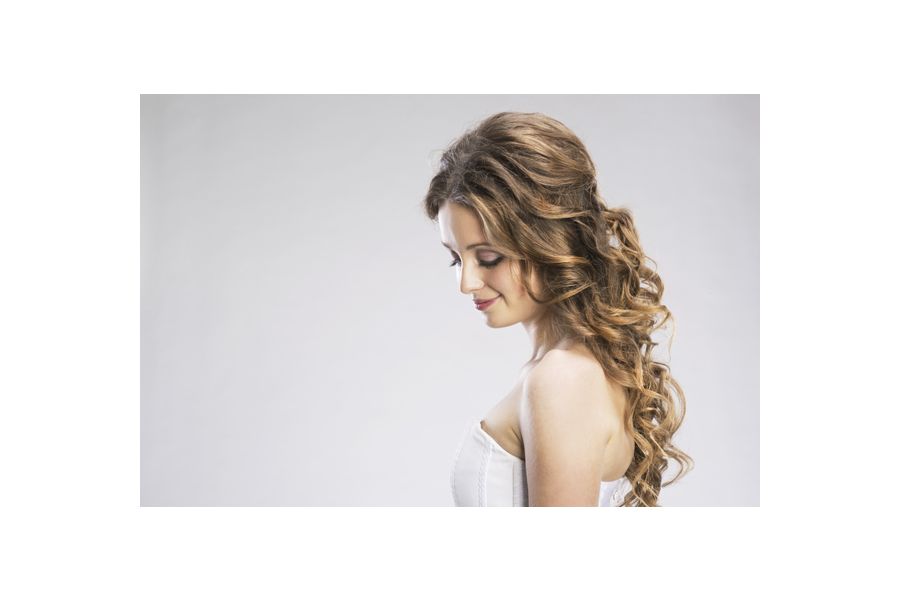How to Find Your Dream Dress

Whether or not you’ve romanticized the idea of twirling around in a cloud of white tulle, the search for The One – the wedding gown, that is! – is one of the most emotional and fun purchases you will make as a bride-to-be. But don’t say yes to the dress before taking care of a few details first.
Launch the dress search only after finalizing the wedding venue and date, advises event planner Ariana Stecker of Save the Date, a New York-based firm. After all, what originally was planned as a daytime summer celebration quickly can morph into a winter black-tie affair, which calls for an entirely different look. As for starting the shopping process, “six months [prior to the wedding] is really go-time,” Stecker says, to give room for any custom work and two to three fittings.
With inspiration coming everywhere from the runway to the red carpet, it’s easy to get lost in a sea of Pinterest boards and wedding blogs, but for sanity’s sake try to keep the search contained. Think classic over trendy, and consider your wedding style, whether it’s formal, casual, rustic, traditional, vintage or outdoor. Check out websites to view galleries of gowns organized by silhouette, neckline, fabric or designer, says wedding editor Anne Chertoff. Also, pay attention to any patterns or embellishments that catch your eye.
It’s tempting to point and click your way to a $10,000 gown, but if you’re working with a firm budget, figure out your price limit before you shop — and decide whether that budget is just for the dress, or if it includes extras like undergarments and accessories. (The average spent on a wedding dress is $1,357, according to TheKnot’s 2014 Real Weddings Survey.)
“If you find yourself attracted to a certain designer’s styles, make sure their gowns are within your budget range before proceeding,” says Jessica Bishop, editor of the wedding blog The Budget Savvy Bride. And select bridal boutiques accordingly. Not sure what you can spend? It’s helpful to talk about budget openly with a bridal salon—they’ll help you understand how details you’re envisioning like embellishments, beading and lace affect the cost, which may impact your bottom line, notes Stacey Rywelski, general manager of the David’s Bridal flagship store in Manhattan.
Most brides typically shop at one to three stores, so choose wisely — to maximize time, arrive armed with the details of your wedding date, venue, overall style and budget. A good consultant will take into account everything from a bride’s outfit and accessories (is she sassy or sophisticated?) to her personality and reception details (does she plan to dance all night or indulge in delicious desserts?) to help find the perfect fit, says Rywelski. “You want to take someone’s style and enhance it,” she adds. “Their personality should come out in a dress.”
Armed with the basics of what you do (and don’t) like, a bridal salon’s stylist will be your most helpful guide. The key to being a frock star is keeping an open mind. It’s easy to get stuck on the idea of a sweetheart neckline or a low back, but “sometimes that look just doesn’t work on their body type,” notes Rywelski, who calls the process a “collaborative effort” between bride and consultant.
“Try on a variety of silhouettes, necklines and fabrics,” Chertoff says. “You may think you want a ball gown, but once you put one on you may not like the fit.” Adds Stecker: “Be willing to try on one dress that’s out of the box. Pay no mind to what it looks like on the hanger,” she says.
But don’t feel pressured to make the final decision until you’ve found the perfect match. “Remember you don’t have to buy the first time,“ Stecker reminds. “You can go back.”
© Brides 365